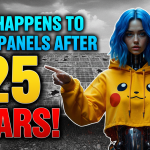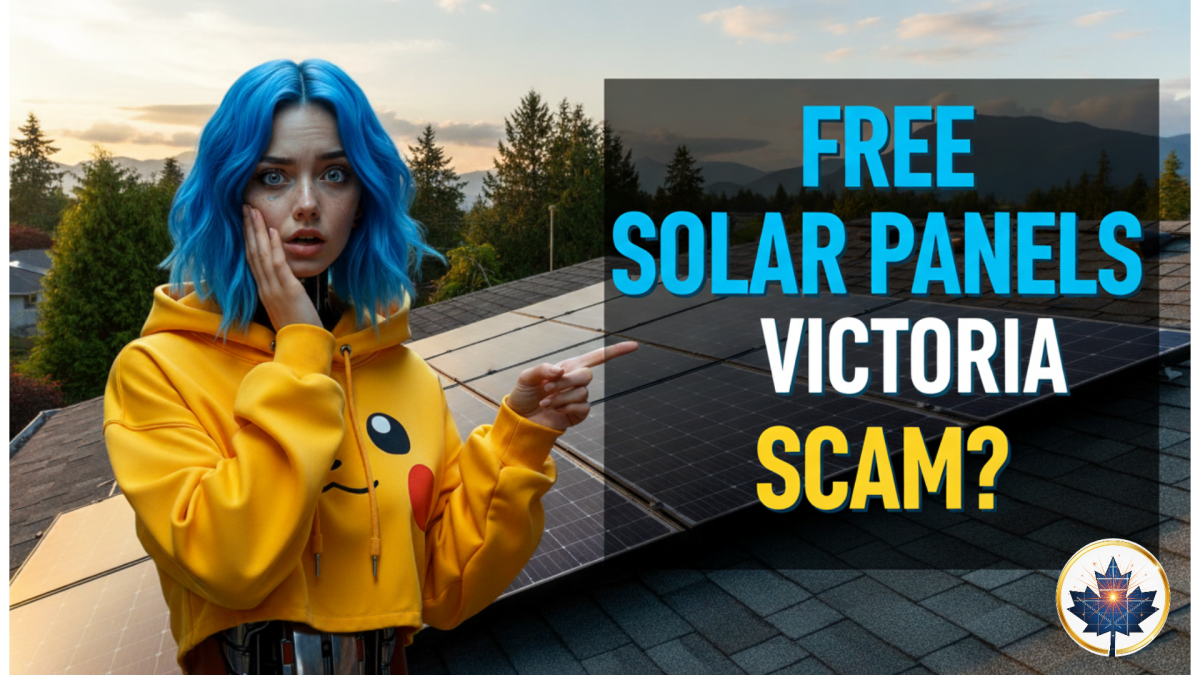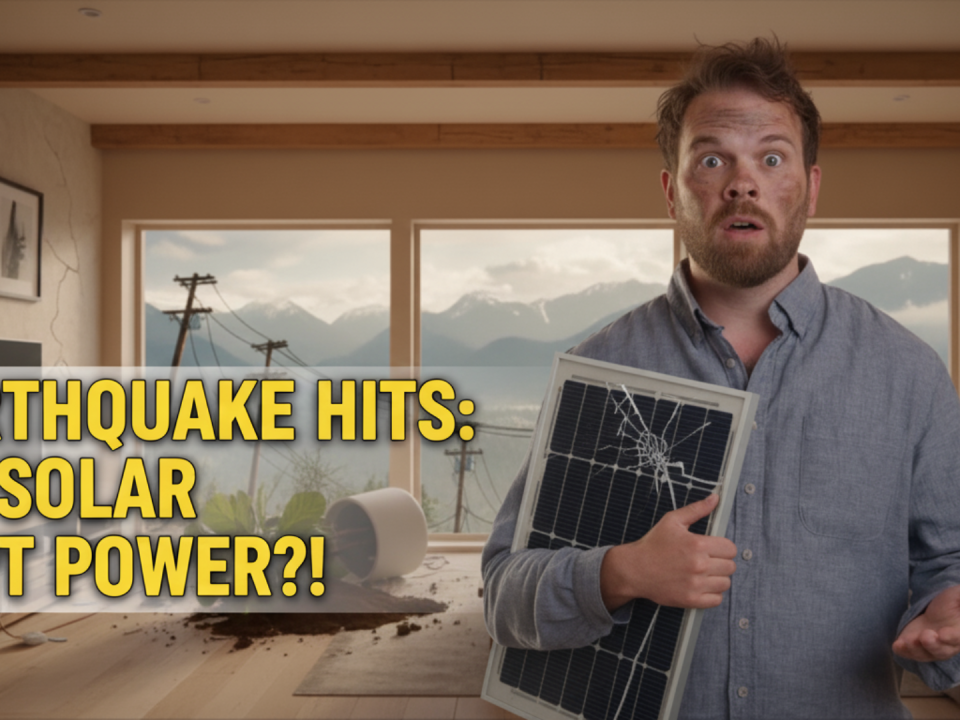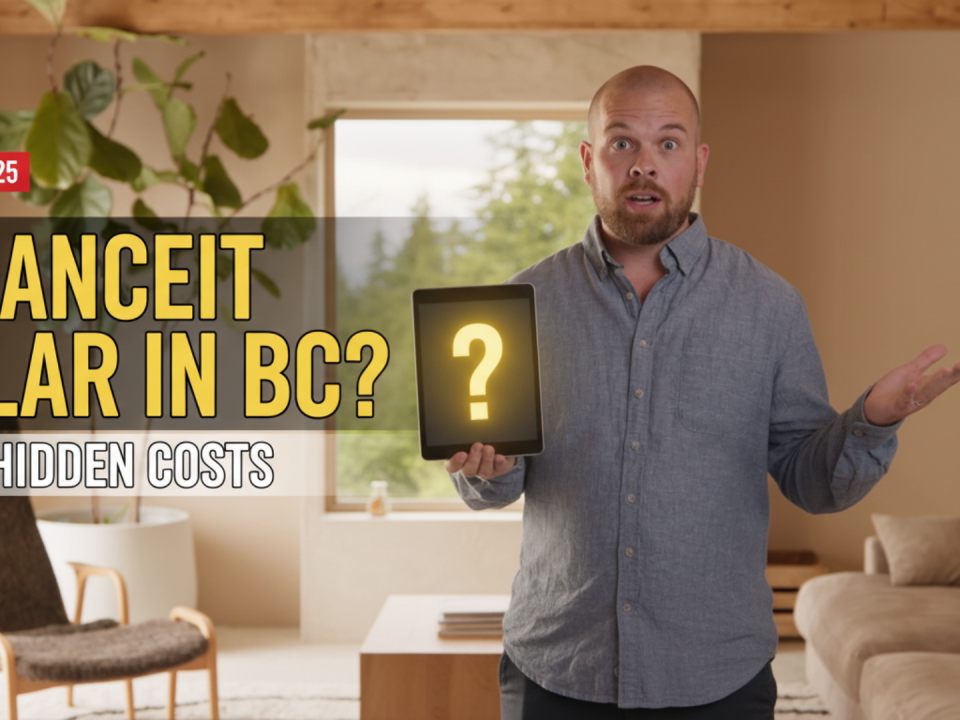
Read This Before You Sign That Solar Contract in Canada
September 30, 2025
What Happens to Solar Panels After 25 Years And How to Prolong Their Lifespan
October 2, 2025You’ve probably seen the ads: “Get Free Solar Panels in Victoria!” It sounds too good to be true, and as someone who’s been in the home improvement world for over a decade, I can tell you that when something sounds free, it’s time to look at the fine print. I’m Vitaliy Lano from SolarEnergies.ca, and my goal is to give you the straight goods on solar, so you can make a smart choice for your home. Let’s break down what these “free solar” offers really mean and what you actually need to know right now in our complete guide to solar panels in BC.
Is “Free Solar” in Victoria a Real Thing or Just a Gimmick?
Straight up, no one is going to install a full solar panel system on your roof for free out of the goodness of their heart. These systems cost thousands of dollars. So, when companies advertise “free solar,” they are usually talking about a combination of major rebates and specific financing options that can lower your upfront cost, sometimes to zero.
The idea is that the money you save on your BC Hydro bill, combined with new, powerful incentives, will be more than your monthly payment for the system. It’s a cash-flow-positive deal from day one. It isn’t “free,” but it’s a structured investment where the savings are designed to outweigh the costs immediately.
How to Spot a Potential Solar Scam
While most solar installers are legitimate, some use misleading tactics. It’s crucial to know how to identify potential solar panel scams in Canada to protect yourself. Here’s what to watch out for:
- High-Pressure Sales: If a salesperson is pushing you to sign a contract on the spot, that’s a major red flag.
- Vague Contracts: Your contract should clearly list the total cost, equipment being used (brand and model of panels and inverters), warranty details, and who is responsible for permits and inspections.
- Guaranteed Savings: No one can guarantee an exact amount of savings. Electricity rates change, and your energy usage might fluctuate. Reputable companies will provide a detailed estimate based on your past usage, your roof’s orientation, and local weather data, but they won’t promise a fixed number.
A friend of mine in Saanich got a quote that seemed incredibly low. The salesperson was all charm, promising the system would pay for itself in five years flat. When we looked closer, the quote was missing brand names for the panels and the inverter, and the “guaranteed savings” were based on a 15% annual increase in BC Hydro rates, which is just not realistic. He walked away, and a few months later, that company had vanished. It’s a classic example of needing to do your homework.
The Real Numbers: What Does a Solar System in Victoria Actually Cost?
The cost of a residential solar panel installation depends on the size of the system you need, which is tied to your home’s electricity consumption. On average, a typical 8 kW system in Victoria, BC, can cost between $20,000 and $25,000. For a more detailed breakdown, see our guide on Vancouver Island solar panel installation costs.
Here’s a general breakdown:
| System Component | Percentage of Total Cost | Estimated Cost (for an 8 kW system) |
|---|---|---|
| Solar Panels | 25% | $5,000 – $6,250 |
| Inverter(s) | 10% | $2,000 – $2,500 |
| Racking and Mounting | 10% | $2,000 – $2,500 |
| Labour and Installation | 30% | $6,000 – $7,500 |
| Permits and Fees | 10% | $2,000 – $2,500 |
| Other (Wiring, etc.) | 15% | $3,000 – $3,750 |
These numbers can vary based on the equipment quality and the complexity of the installation.
The Incentives That Make Solar Affordable in Victoria
This is where the entire game has changed recently. The old federal programs are gone, but a powerful new provincial rebate has taken their place.
A Quick Note on the Federal Greener Homes Programs
You might have heard about the Canada Greener Homes Grant and Loan. It’s important to know their current status:
- The Canada Greener Homes Grant: This program is closed to new applicants.
- The Canada Greener Homes Loan: This interest-free loan program is also closing. The last day to apply is October 1, 2025.
We’ve written a full guide on what to do now that the Greener Homes grant and loan are gone.
The Big One: BC Hydro’s New Solar & Battery Rebates
This is the new cornerstone of solar affordability in British Columbia. As of late 2024, BC Hydro is offering up to $10,000 in rebates for residential customers. This is a massive incentive.
Here’s how it breaks down:
- Solar Panel Rebate: Up to $5,000. This is calculated at $1,000 per kilowatt (kW) of installed capacity, capped at 50% of the project cost. To get the full $5,000, you’d need at least a 5 kW system.
- Battery Storage Rebate: An additional $5,000. This is calculated at $500 per kilowatt-hour (kWh) of storage capacity, also capped at 50% of the battery cost. A 10 kWh battery would max out this rebate.
Tip for Homeowners: You must work with your contractor to get pre-approval from BC Hydro before you purchase any equipment. Do not buy panels and then apply for the rebate; you won’t be eligible.
BC Hydro’s Net Metering Program
This isn’t a rebate, but it’s crucial for your savings. With BC Hydro’s Net Metering program, any excess electricity your panels generate is sent to the grid, and you get credits on your bill. This process, often called selling solar energy back to the power company, lets you bank energy during sunny summer days and use those credits in the winter.
Financing Options: The 0% Deal from Companies Like Polaron
With the federal loan gone, third-party financing has stepped up. Companies like Polaron Solar offer dedicated financing programs, such as their “Sunline” plan, with interest rates as low as 0% or 0.99% over long terms (e.g., 10-16 years).
Here’s a simplified look at how a deal could now be structured for a $22,000 system:
- Total System Cost: $22,000
- BC Hydro Solar Rebate: -$5,000
- Amount to Finance: $17,000
- You finance this amount through a provider like Polaron at 0.99% over 15 years (180 months). Your monthly payment would be around $98.
- If your solar system saves you an average of $120 per month on your electricity bill, you are cash-flow positive by $22 every single month. You pay nothing down, and the investment pays for itself from day one.
This is the modern version of “free solar.” You’ve leveraged a huge provincial rebate and low-interest financing to eliminate both the upfront cost and the monthly burden.
Solar Panels in Victoria BC Relevant posts
Should You Add a Battery? The Payback Question Just Got Interesting
Solar batteries, like the Tesla Powerwall in Canada, store your excess energy for use at night or during an outage. Previously, they were a luxury. But with the new $5,000 BC Hydro battery rebate, the math has changed.
Benefits of Battery Storage
- Power Outage Protection: Keep your lights, fridge, and internet on when the grid goes down.
- Maximize Self-Consumption: Use more of your own clean energy.
A battery that used to cost $15,000 is now effectively $10,000 after the rebate. This significantly shortens the payback period.
| Scenario | Average Payback Period in Victoria |
|---|---|
| Solar Panels Only | 10-15 years |
| Solar Panels with Battery | 20+ years |
From a purely financial standpoint in 2024, batteries are a tough sell in Victoria. However, if backup power is a high priority for you, then it might be worth the extra cost.
What About Victoria’s Cloudy Weather?
This is the most common question I get, and it’s one of the biggest solar panel myths Canadians still believe. Yes, Victoria has its share of grey days. But here’s the reality: solar panels don’t need direct, blazing sunlight to work. They generate power even on overcast days, just less of it.
Germany is a global leader in solar energy, and many of its major cities get less annual sunshine than Victoria. Modern panels are incredibly efficient. According to data from Natural Resources Canada, Victoria has a good photovoltaic potential. We get long summer days that generate a huge surplus of power, which the net metering program lets you use in the winter.
Tip for optimizing production: The orientation and angle of your roof matter. A south-facing roof is ideal, but east- and west-facing roofs can also be very productive. A good installer will use software to model your home’s specific production potential.
The Process: From Interest to Installation
Getting solar panels isn’t an impulse buy. There’s a clear process to follow.
- Energy Audit: To qualify for most grants, you need an pre-retrofit evaluation from a registered Energy Advisor. They will assess your home’s energy use and give you a report.
- Get Quotes: Talk to at least three reputable, local solar installers. Compare their equipment, warranties, and pricing. It helps to have a list of questions to ask solar companies ready.act and Apply for Permits: Once you choose an installer, they will handle the engineering plans and apply for the necessary municipal and electrical permits.
- Installation: The actual installation is surprisingly fast, often taking just 2-4 days.
- Inspection and Commissioning: Your local authority (like the City of Victoria) and BC Hydro will need to inspect and approve the system before it can be turned on.
- Post-Retrofit Audit: Your Energy Advisor comes back to verify the installation, which is the final step to get your grant money.
Solar for Multi-Unit Buildings
It’s not just for single-family homes. Owners of multi-unit residential buildings (MURBs) can also benefit. The incentives are often structured differently, but programs exist to help condos and apartment buildings go solar. This can reduce operating costs for the building and provide a green amenity for tenants. BC Hydro’s net metering can be applied to a building’s common areas, offsetting costs for lighting, elevators, and other shared systems.
What’s Coming by 2025 and Beyond?
The solar landscape is always changing. While the Greener Homes Grant has paused, the federal government is committed to its climate targets. It’s likely we will see new or updated incentive programs in the near future. The trend is clear: governments want to encourage home retrofits and cleaner energy. The cost of solar technology continues to fall, while electricity rates are likely to keep rising over the long term.
So, while “free solar” is a marketing term, the idea behind it—using incentives and financing to make solar an affordable, cash-flow-positive investment—is very real. It requires doing your homework, finding a trustworthy installer, and understanding the numbers. But for many homeowners in Victoria, it’s a practical way to lower their bills and reduce their carbon footprint.




